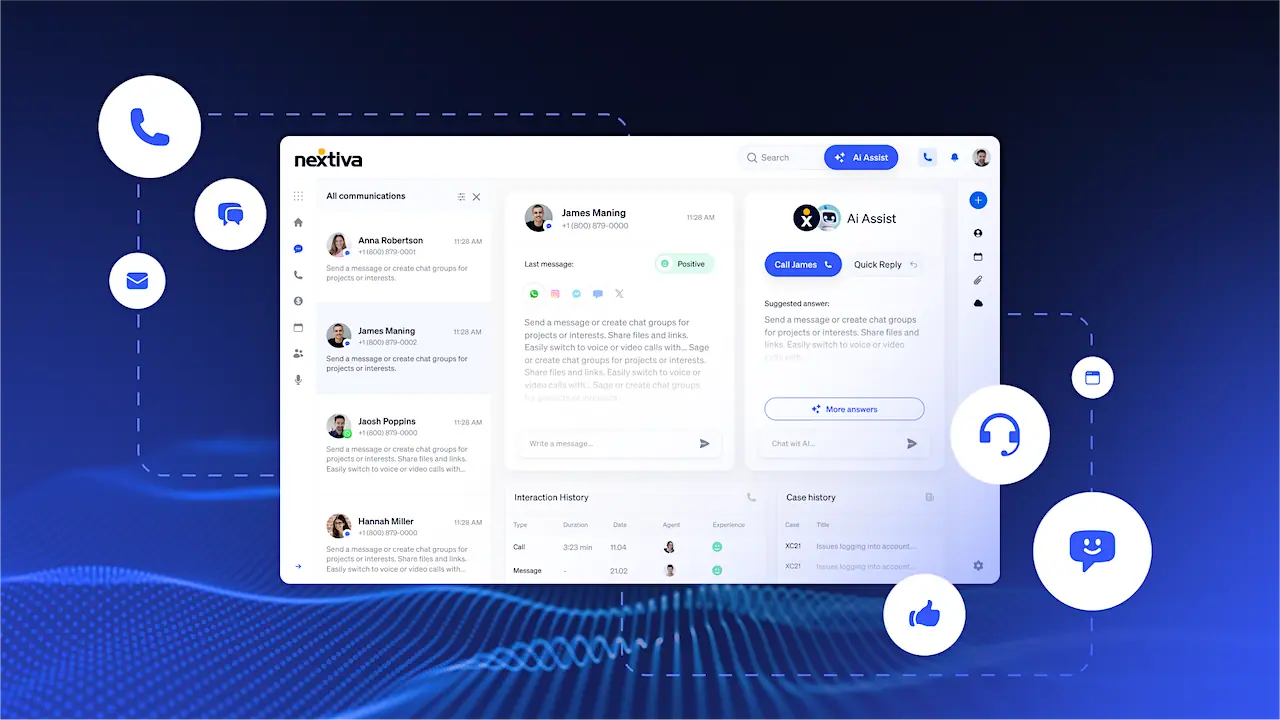Call center quality assurance (QA) separates the high-performing call centers from the bare minimum folks.
By ensuring quality at every stage of your customer processes, you’re a step closer to resolving problems and retaining more customers.
This is why a robust quality assurance plan for your call center is essential to delivering exceptional customer service.
In this article, we’ll dive deep into call center QA, exploring its benefits, key metrics, and best practices to empower your agents and elevate your customer experience.
What Is Call Center Quality Assurance?
Call center quality assurance refers to the practices and processes used to evaluate and improve the quality of customer service interactions in a call center environment. It involves monitoring and assessing customer interactions, providing feedback and coaching to call center agents, and implementing strategies to maintain and enhance service quality standards.
Imagine you’re running a call center where customers reach out for support or to make purchases. You want to ensure they have a great experience at every contact, right? That’s where call center quality assurance comes into play.
Quality assurance (QA) is the process call centers follow to ensure all customers receive the best possible customer experience.
By maintaining standards and following set guidelines for how you treat customers and handle tricky customers, you set the bar for other call center agents and gain a competitive edge over rival businesses.

Call Center Quality Control vs. Quality Assurance
Before we dig into how we improve quality assurance, let’s clarify an often confused phrase.
👉 Call center quality control is used to ensure operational activities are in good order. These are often things like attendance, punctuality, and after-call work activities.
👉 Call center quality assurance, or call center quality management, is a process to maintain standards in your call center so your customers get the best experience. Examples include call flow, scripts, and soft skills.
While both are important, they measure different aspects of the contact center experience.
Consider separating operational characteristics from conversational elements when evaluating the agent’s performance.
| Call center quality control | Call center quality management |
|---|---|
| Do agents arrive on time? | Was your call flow followed? |
| Do agents provide clear notes? | Did the agent demonstrate empathy? |
| Do agents maintain accurate documentation? | Did the agent realize the urgency of the call? |
Why You Need Call Center Quality Assurance
Quality assurance is important in call centers as it gives you the knowledge your business is providing a consistent customer experience and dealing with objections and escalations constructively.
Your call flows, scripts, and agent training are designed for a reason.
Deviating from a tried and tested process can lead to a drop in standards. However, there is always room for agents to suggest improvements.
In your quality assurance framework, make room for suggestions and feedback from agents who are on these customer calls all day.

When most of your customer interactions are via the phone, it’s hard to know what’s going on with every call.
Unlike email or web chat, you can’t check keywords and sentiment 24/7. It’s impossible to keep an eye on every negative experience.
That’s where quality assurance is most important by monitoring agent performance to find room for improvements.
Benefits of Call Center QA
A well-designed and implemented call center QA program can significantly impact a business. Here’s how:
- Improved customer satisfaction and loyalty: Consistent, high-quality customer interactions help businesses build stronger customer relationships and loyalty.
- Increased first contact resolution rates: Effective coaching empowers customer service agents to resolve customer issues efficiently on the first call, reducing frustration and repeat calls.
- Enhanced agent performance and skill development: Ongoing feedback and coaching opportunities equip agents with the skills and knowledge to excel in their roles.
- Reduced call handling times and operational costs: Streamlined call resolution and improved FCR lead to shorter call handling times, resulting in cost savings.
Key Components of a Call Center QA Process
Call center QA can be of two types: manual and automated.
Manual QA
A typical manual call center QA process involves these steps:
1. Call monitoring
Calls between agents and customers are randomly selected and monitored by quality assurance specialists or supervisors. Quality monitoring specialists evaluate the agent’s performance based on predefined criteria, such as professionalism, product knowledge, call handling procedures, and customer satisfaction.
2. Quality scorecards
QA specialists use standardized scorecards or evaluation forms to objectively assess various aspects of the call, such as greeting, problem-solving, active listening, and closing. These QA scores provide a consistent framework for evaluating agent performance.
We typically see five main areas evaluated, which create a QA scorecard:
- Verification: Did the agent ensure the caller authenticated account access?
- Call management: Did the agent spot when they had to take urgent action?
- Call flow: Did the agent progress as per a predetermined script?
- Soft skills: How was the demeanor of the agent?
- Resolution: When the call was over, did the agent document the call appropriately?
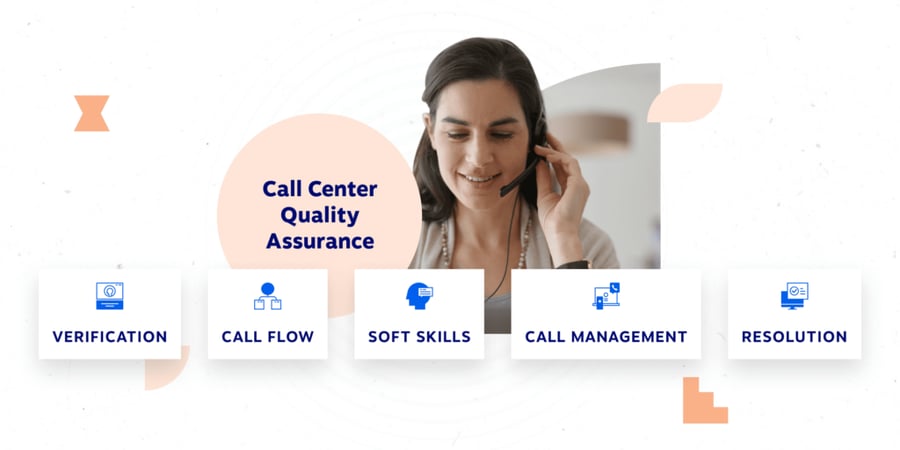
3. Feedback and coaching
Based on the call monitoring and scorecard results, QA specialists provide feedback and coaching to agents. This may include highlighting areas for improvement, providing guidance on best practices, and offering training opportunities to enhance their skills.
4. Quality assurance metrics
Call centers track various metrics related to quality, such as customer satisfaction scores, first-call resolution rates, average handle time, and call transfer rates. These metrics are monitored and analyzed to identify areas for improvement and measure the effectiveness of QA initiatives.

5. Call calibration
QA specialists and supervisors regularly participate in calibration sessions, where they review and discuss sample calls to ensure consistent scoring and evaluation practices across the team.
6. Quality assurance reporting
QA teams generate regular call center reports that summarize call quality trends, agent performance, and areas for improvement. These reports are shared with management and help develop training programs and implement process improvements.
Call center quality assurance ensures customers receive consistent, high-quality service that meets or exceeds their expectations.
By quality, we’re not referring to call quality, which is how well people can hear each other over the phone, how well your tech is performing, and the quality of service.
It’s the fidelity that your agents can fulfill the expectations customers and the business have of them.
Automated QA
Call center quality assurance is not just about having human specialists listening in on calls. Automated QA tools are becoming increasingly popular and can take things to the next level.
An AI-powered contact center can automatically analyze and score most of your customer interactions — voice calls, chats, emails, you name it.
This intelligent software uses speech analytics, natural language processing, and machine learning algorithms to evaluate agent tone, and adherence to scripts, and even detect potentially dissatisfied customers based on linguistic cues.

Not only does this allow for comprehensive monitoring without the need for manual call reviewing, but it also provides deeper insights into customer sentiment and conversation patterns. You can quickly identify recurring issues, frequent customer pain points, and opportunities for process improvements.
Plus, with automated QA, you get real-time alerts when potential problems are detected, like an agent going off-script or a customer becoming frustrated. This allows immediate intervention and coaching, rather than waiting for a human QA specialist to flag the issue days or weeks later.
Combining automated and human-driven quality assurance efforts can take your call center to new heights in terms of efficiency, consistency, and delivering an exceptional customer experience across all channels.
It’s like having a team of tireless quality control experts working around the clock to ensure every interaction is top-notch.
How To Create a Call Center Quality Assurance Framework
With thousands of interactions to examine, call center quality assurance initiatives need focus.
This is where a QA framework comes into play.
Think of your QA framework as a predefined scope for your program. Instead of stumbling through random data, your framework gives you specific targets.
To start, you’ll need to set some guidelines for a QA program, such as:
What KPIs and metrics will you monitor?
Choose which key performance indicators (KPIs) make sense for your needs. You might focus on customer satisfaction (CSAT), first-call resolution (FCR), or AHT.
- Customer Satisfaction (CSAT): Measures how satisfied customers are with the interaction they have with a call center agent. CSAT is typically measured using surveys sent to customers after their calls.
- First Contact Resolution (FCR): This metric measures the percentage of calls that are resolved by the agent on the first contact. A high FCR indicates that agents are effectively resolving customer issues.
- Average Handle Time (AHT): This metric measures the average amount of time it takes for an agent to handle a call. AHT can be influenced by several factors, such as the complexity of the call and the agent’s skill level.

How will you analyze them?
Decide how to balance manual call monitoring and automatic data collection. Sensitive industries, such as healthcare, limit customer or patient data. Next, determine what technology you need to conduct contact center quality assurance.
Technology plays a vital role in streamlining call center QA. You’ll typically need:
- Call recording and evaluation software: These tools allow for easy recording, storage, and retrieval of calls for evaluation.
- Speech analytics tools: Software can analyze call recordings to identify customer sentiment and agent performance metrics like keywords and phrases used.
- Gamification and performance dashboards: Interactive dashboards and gamification elements can motivate agents by providing real-time feedback on their performance and progress.
The good news is that you don’t have to run to the store to try out different software solutions. Instead, you’ll find all of these features in one cohesive call center software.

How will you act on this data?
Choose what happens when you have the data. This could mean updating agent scripts or creating a Quality Standard Definition Document (QSDD).
When building your framework, there are three standard frameworks to draw inspiration from:
Operational digs into real-time call center performance management.
Identifying gaps in operations filters relevant agents into the right training program, helping struggling agents.
Tactical looks at process and organizational flow.
The data will show that if there are repeat blockers in scripts or processes, agents keep getting tripped up at the same point. Amend these processes to give agents more flexibility or be more personable.
Strategic is about making your customers happier.

Improving metrics and benchmarks like Net Promoter Score (NPS) and Customer Effort Score (CES) leads to customer loyalty and higher customer retention.
Steps To Improve Call Center Quality Assurance
Here are some helpful quality assurance tips you can start implementing right away.
You don’t have to do all these immediately. But every minor change you make is a big step toward improving your call center quality assurance.
| Recommendation | Explanation |
|---|---|
| Document everything | When something goes wrong, document the how and the why. |
| Encourage agent participation | Often the best process improvements come from people using them. |
| Include other channels | If you’re a multichannel contact center, monitor email, web chat, and social media too. |
| Schedule regular training | For new practices and refresher coaching sessions. |
| Use gamification | To inspire and motivate agents to outperform themselves and their peers. |
| Give low-performing agents more attention | High-performing agents don’t need as much help as new or underperforming staff. Split your coaching accordingly. |
| Promote from within | Use high performers to become your call center managers. |
| Be open to feedback | Encourage agents to challenge their actions, even if they believe they acted correctly |
| Share metrics and stats | Leverage call center technology to show agents they’re making an impact. |
| Create a QA framework | To formalize and plan how and why quality assurance exists in your call center. |
Call Center Quality Assurance Best Practices
When building your own framework, make sure you have these five things on your call center quality assurance checklist.
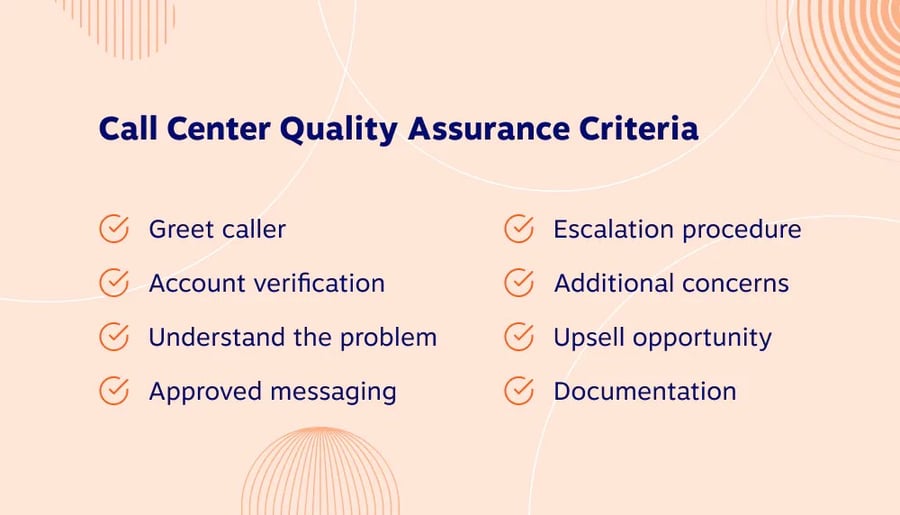
1) Plan regular quality assurance call monitoring
Make sure you have a schedule for call monitoring and establish it as routine.
This might be X number of calls per day, per department, or even per agent.
Here’s what you should check for when monitoring calls:
- Did the agent greet the caller accordingly?
- Did they complete account verification?
- Did they understand the problem?
- Did the agent use approved messaging?
- Was an escalation raised appropriately?
- Did the agent ask if they could help in any other way?
- Was there an upsell opportunity?
- Did the call center agent document the call correctly?

2) Have one person responsible for quality assurance
Appoint a head of quality assurance whose responsibility is ensuring the processes get followed at all times.
The quality assurance manager’s (or QA team) role includes:
- Creating and maintaining quality assurance processes.
- Collecting feedback from QAs and agents.
- Training sessions for new protocols.
- Onboarding for new agents.
- Handling escalations from other QAs.
- Conducting in-house audits.
- Listening to calls.
While there may be a crossover with other quality assurance analysts, the QA manager holds the overall responsibility for the success of the function.
3) Make sure your goal is customer service
When you’re performing checks and listening to calls, don’t forget your purpose isn’t to call out what customer support agents are doing wrong but to help delight and retain customers.
Part of quality assurance should be the opportunity for agents to provide feedback on what does and doesn’t work well.
In case they find something in your process detrimental to the customer experience, let them provide feedback and use that as a source of improvement.
4) Positively reinforce the good
Everyone makes mistakes. And that’s the mantra you should take when monitoring agent performance.
There might be a good reason why Angela skipped through half of the script. But if there is no excuse for skipping customer account verification, she needs to have this addressed.
There is a right way to go about this. When reviewing calls with Angela, highlight the good and the bad. Suggest improvements rather than repeatedly calling her out on her flaws.
Factor in that your agents are real people. They have lives outside the call center, too.
If something is going on in their personal life, punishment for deviating from your process will only make things worse.
Instead, be empathetic. Like you would with a customer. Understand why Angela had a bad call and see how you can help.
5) Measure using call center quality assurance metrics
There are many call center metrics you can choose to measure.
Each business, and sometimes each department, has its own needs.
Try these metrics out for size:
- Net Promoter Score (NPS)
- Customer Satisfaction (CSAT)
- First Contact Resolution (FCR)
- Customer Churn Rate (CCR)
- Average Handle Time (AHT)
- Call Volume
- Peak Hour Traffic
- Average Waiting Time
- Repeat Calls
- Average Call Duration
Matching these metrics to your goals and business type is crucial.
As is making sure your call center technology gives you access to the right features and metrics.
☀️ Case Study: Titan Solar Power Scaled Its Team by 450% with Nextiva

Technology To Streamline Your QA Workflow
Your contact center software makes all the difference by analyzing and acting on the data you find from your call center quality assurance program.
Modern quality assurance programs automate data collection. A cloud-based solution such as Nextiva combines the call center features you need to stay on top of your QA process:
Nextiva’s QA software automates data collection through features like automatic call recording, call and speech analytics, and omnichannel interaction analysis.
- Automatic call recording lets you record calls for later review and rating.
- Speech analytics uses AI to flag important calls based on keywords, emotions, and metrics like silence duration.
- Interaction analysis monitors all channels like chat, email, and social media for negative sentiment and common issues.
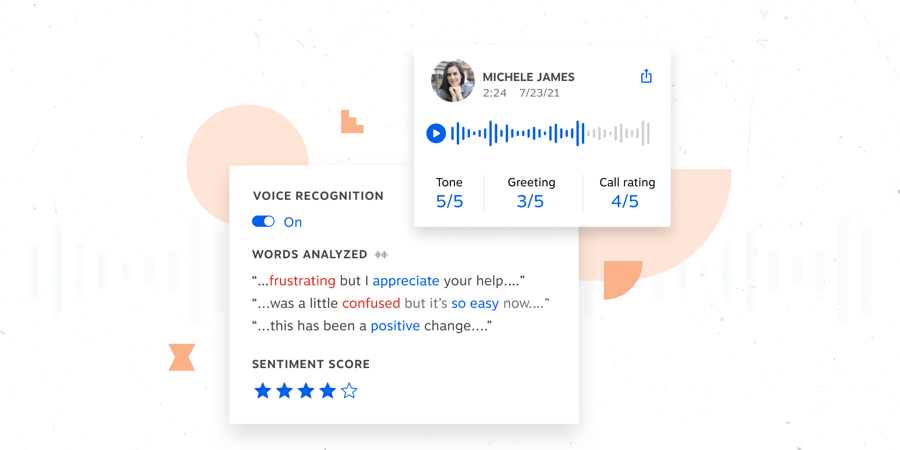
Nextiva’s contact center software provides performance metrics tracking, including number-based metrics like average handle time, outcome-based metrics like first call resolution, and feedback-based metrics from customer satisfaction surveys.
You also get agent quality scores from QA evaluations and customer satisfaction surveys automatically sent after each interaction. Automated screen pops provide customer information for efficient verification. You can also hide sensitive portions of recordings as needed for compliance.

Leaders know quality isn’t subjective
It’s easy to stick your head in the sand when customers get frustrated. Top customer experience leaders view every interaction as another opportunity to get better.
Incorporating QA into call centers is a powerful growth driver. The best contact center solution enables you to create happy customers and keep it the norm.
Teach your call center new tricks.
The perfect call center solution help you level up team performance.





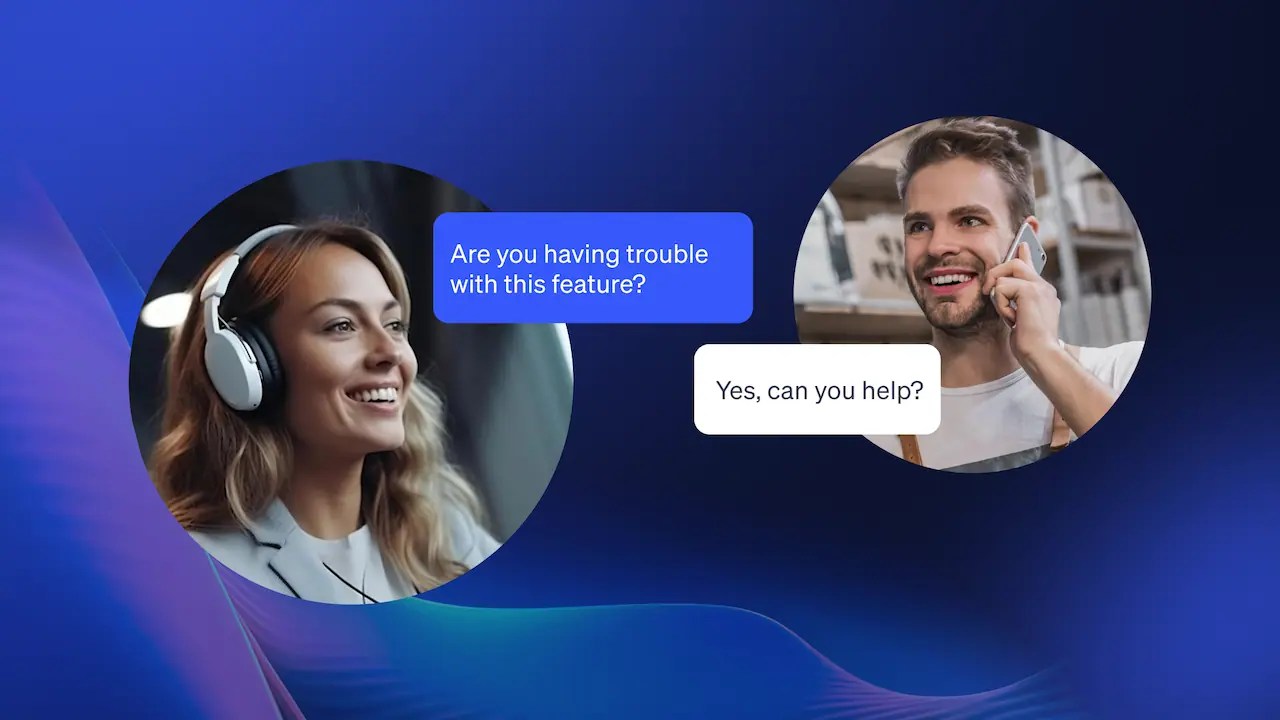
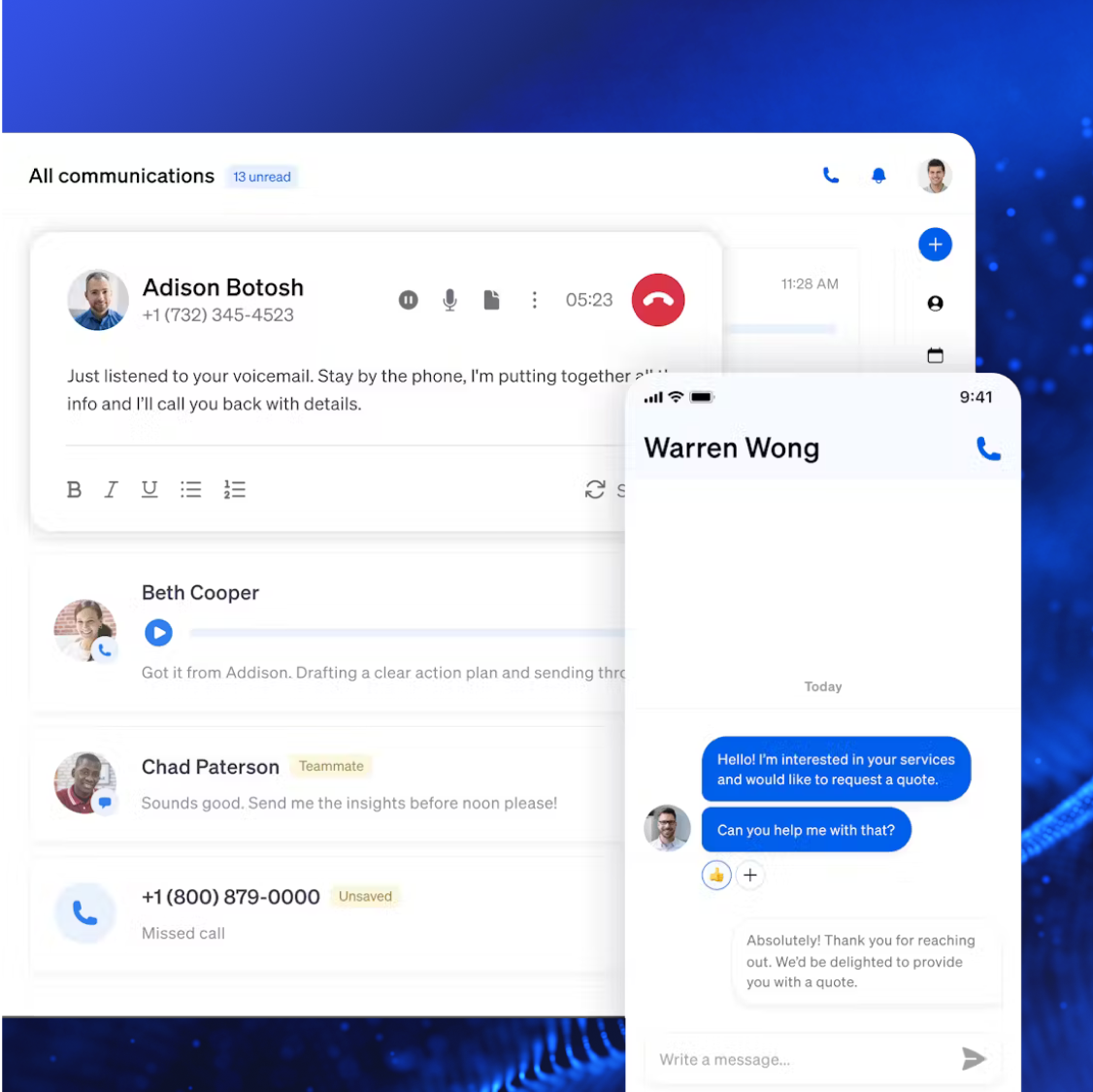
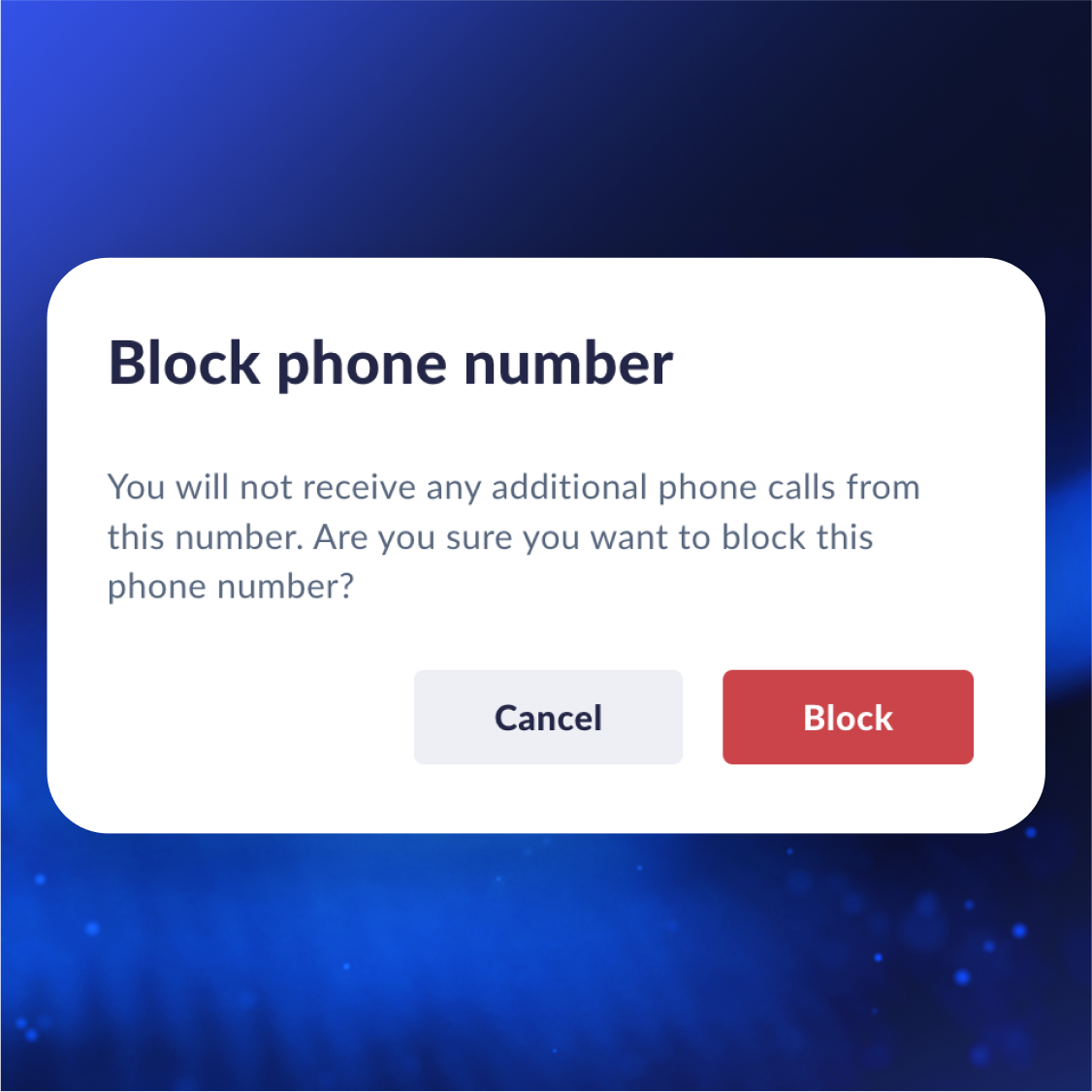







 VoIP
VoIP 







